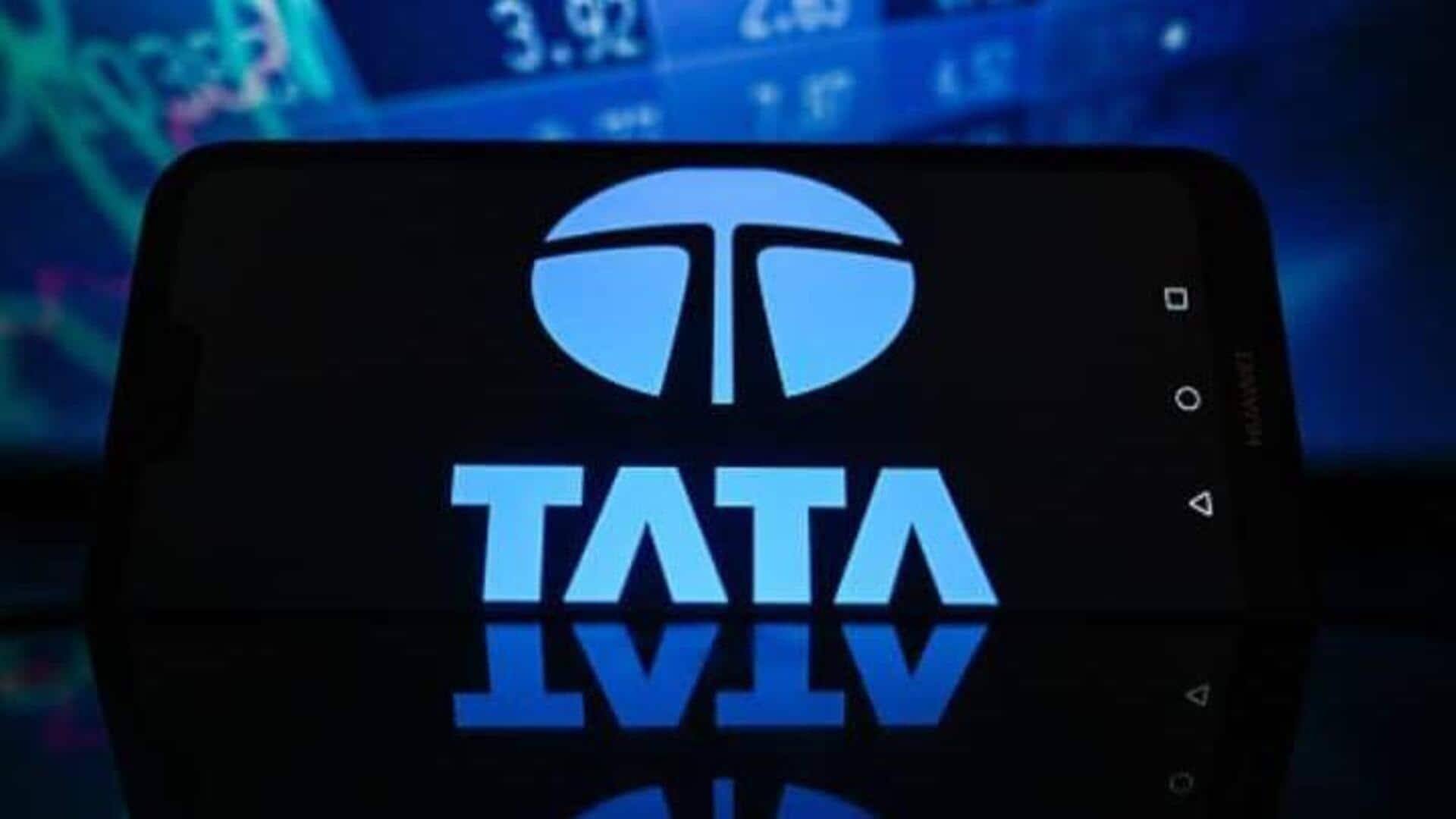Today’s CIOs are expected to do more than simply enable business value — they’re responsible for driving and accounting for it. Yet, many find that external factors frustrate the level of impact they can achieve, whether it’s shadow IT or the underutilization of deployed systems and software.
To tackle this pressing issue, InformationWeek asked three IT leaders for their takes on how CIOs demonstrate business value. The short answer: calculations can’t be done in a vacuum.
### Business Relationships Are Key
Michael Ringman, CTO at business process outsourcing and AI-powered customer engagement technology solution provider Ibex, underscored the need for strong business relationships. He believes shadow IT is a litmus test of IT effectiveness.
But effective business-IT partnerships require CIOs to understand the business in order to drive value across the organization. “It’s like being married. You both come together and bring 50%. It isn’t one part of the organization bringing 100%, or even 75%,” Ringman explained.
He also stressed that understanding what shadow IT is occurring within the company should be seen as an opportunity rather than a negative. In fact, finding shadow IT in the organization is “super cool” because it indicates that the business has recognized a problem and identified a solution.
“It shows you where you’re not engaging with the business to help create and drive that value. I seek that stuff out,” Ringman said.
He added that he achieves a higher percentage of successful projects by making many small investments and failing fast, rather than undertaking big-bang projects.
### Change Management Is Relentless and Adaptive
The need for change management has always been important, but it has become critical as businesses undergo digital transformation, said EnFi’s CTO, Scott Weller.
AI amplifies the need for change management — “at a much more rapid pace.” Weller noted, “IT is not only being asked to measure themselves at the end of a project, but also to measure the efficiencies or revenue they’re creating [during the project], while serving as the hyper evaluator of technologies, so that they can connect these two things.”
“Evaluating technology requires intimate knowledge of the business use cases you’re supporting,” he added.
Weller said that large enterprises adept at digital transformation are those that reorganize IT to collaborate with the business, aiming to capitalize on specific market opportunities. As enterprises undergo AI transformation, he believes it’s important to embed technologists inside business units — either temporarily based on expertise or as part of a hub-and-spoke model.
“The companies having more successful AI POCs and trials generally don’t have AI councils. They’re embedding AI expertise in the business team and helping to procure solutions almost as separate nodes that can work independently,” Weller said.
This approach is top-down versus bottom-up to ensure a strategic impact, while also being intentionally incremental.
Specifically, this requires a clear mandate — not just executive buy-in, but the vision and structure to make it happen.
“It’s no longer massive implementations across teams. It’s being intentionally incremental, starting with very small, practical use cases and expanding that over time,” said Weller, whose two-week sprints have evolved into a mandated assessment of impact every three days.
This aligns business and IT leaders and helps articulate the end-state goal for a sprint.
“I think those three-day cycles help the team reevaluate — should we keep going? Are we getting closer? Are there new decisions? What did we learn from this new thing? It also allows you to decide if there’s something new coming, [whether] we should pause for a moment and see what that is. You can also make new decisions,” Weller explained.
### Expect Chaos — Behave Accordingly
Many external factors affect the value of IT, from vendor selection and solutions to regulatory changes, shifts in market conditions, and technology innovation. To cut through the chaos, Preply’s CTO and co-founder, Dmytro Voloshyn, emphasized the value of data.
For example, last year, everyone at Preply was excited about the new enterprise AI tools they could use. As part of the project, Preply partnered with OpenAI to assess the impact of these tools on productivity. By calculating the time saved across different departments in the first year after deployment, they were able to predict the total amount of money that could be saved.
“Money talks,” Voloshyn said.
“The easiest way to have a common denominator [between IT and the business] is to talk about what [a project] will cost and what value it will bring to the business, without getting into the technical details,” he added, echoing the common refrain from the other experts: “If you want to impact the business, you should understand how the business works.”
One of Voloshyn’s biggest internal partners is the CFO, with whom he does long-term planning. Having a shared language facilitates more effective collaboration, resulting in a shared vision and roadmap.
While certain details can change over time — such as which AI company is the “leading vendor” — there is general agreement between Voloshyn and the CFO on longer-term investments, so that appropriate investments can be made in technology and workforce upskilling.
“It’s a bit of an art to remain operationally effective and still strategic. One of the most important things is to stay agile and human-centered, because with all this automation and changes we see with AI, human connection will become an even more valuable element of how organizations operate,” Voloshyn said.
—
By embracing strong partnerships, adaptive change management, and data-driven decision-making, today’s CIOs can demonstrate and drive meaningful business value — even amid disruption and uncertainty.
https://www.informationweek.com/it-management/ask-the-expert-how-cios-prove-business-value



